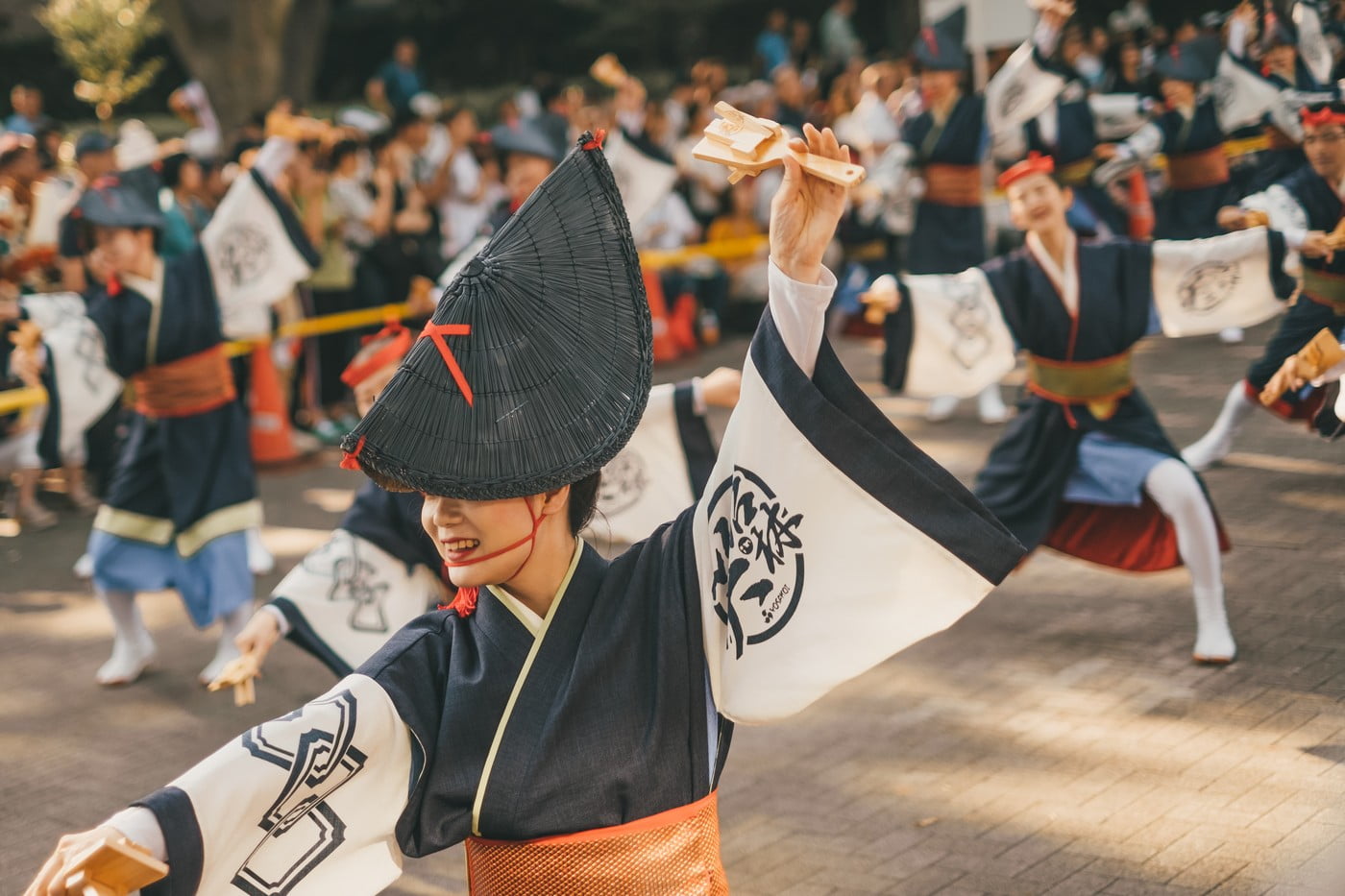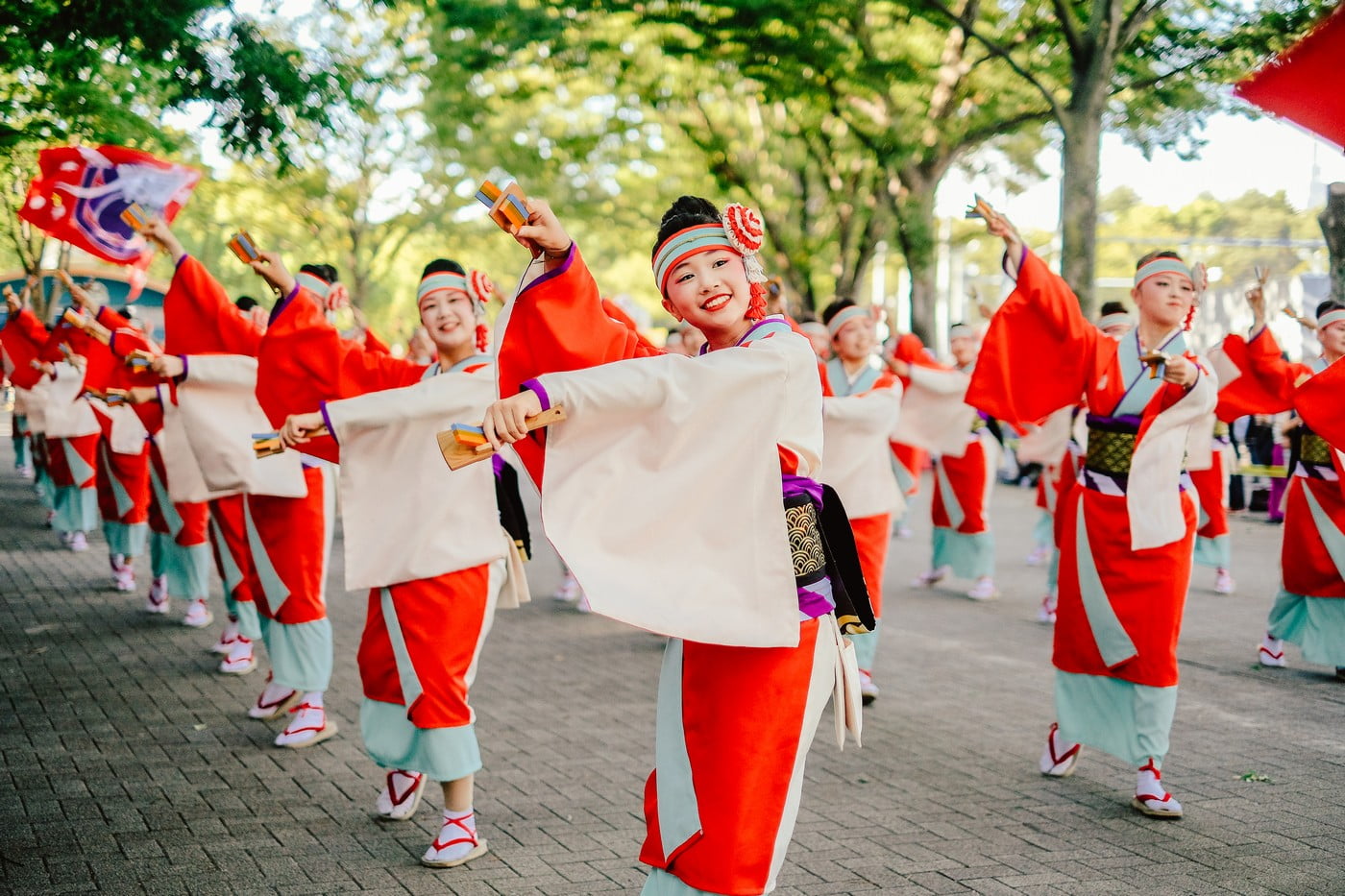Typically known as the Heart of Japanese Teen Culture, Harajuku (原宿 in Japanese) is acclaimed as an electric, energetic, eclectic amalgam of all-things vintage and of Tokyo’s vibrant up-to-the-minute youth trends. This wildly popular pop-culture district encompasses the vicinity surrounding the Harajuku Station, on the train system’s JR Yamanote Line, between central Tokyo’s Shibuya and Shinjuku stations.
Whether you’re out for a dynamic day of people watching and sightseeing, are on the prowl for special souvenirs and quirky vintage items or are looking to indulge in some retail therapy and delicious eats, Harajuku lives up to its raved-about reputation.
Harajuku’s history
While Harajuku has become a hip-and-happening window for the world to peer into the more offbeat side of Japan’s youth culture, it actually started our as quite the opposite: it was once a portal through which Japanese youth caught a glimpse of a more Western way of life. In the 1940s, the area was considered Japan’s most chic international district, thanks in large part to Washington Heights, a United States Armed Forces housing complex in the Shibuya ward. Japanese teens would go there to satiate their curiosity about the American lifestyle, eventually befriending the soldiers and their families. As a result, the Tokyo-based youth of that generation imbibed some of the western ways on display at Shibuya, melding these nuances with their own innate sense of tradition — thereby unwittingly birthing a truly unique style that has since become the heartbeat of Harajuku.
A Fabulous fusion of fashion
Perhaps the one thing that stands out most about the Harajuku area is its inimitable flair for all things fashionable. In its heyday in the 1990s, it was a colorful, creative explosion worthy of the most desirable fashion runways across the globe; a fabulous fusion of quirky kawaii and voguish western trends, much of which was chronicled by Japanese photographer Shoichi Aoki. Harajuku’s brand of “no-rules” urban wear has since become iconic, and people have flocked from all over the world to witness this street-side showcase of spunky sartorial style, sophistication, and savvy spirit.


For decades, the district has served as the center of the city’s cosplay (short for costume play) culture, the players of which have elevated their passion for costumes to a fashion art form. Harajuku’s streets have likewise become the main stage for Tokyo’s Urban Tribes, fashion fiends who parade and prance about in anything and everything from somber Victorian Goth and Lolita-inspired outfits to vivid kaleidoscopic ensembles and cartoonish glam-meets-anime getups — and pretty much all else in between.
Stylish shopping + delicious dining
Yet another of Harajuku’s attractions is its shops, with a selection that spans the sophisticated and the sublime to styles that truly stand out. An array of souvenirs and sundries, as well as vintage collectibles, are all part of the Harajuku retail cornucopia. Takeshita Street is largely credited as the district’s main retail hub, an exciting shopping street teeming with quaint boutiques, shops, cafés, Japanese-style crepe shops (renowned not only for their sweet, stuffed griddle cakes, but also for their savory, umami-rich options), and restaurants. There’s something for everyone on this street, with establishments that cater to a diversity of tastes and budgets. Takeshita is also home to the district’s famed Totti Candy Factory, which has become a must-do-when-in-Harajuku for its giant rainbow cotton candy.
For those looking for a more high-end experience, Omotesando Avenue, which runs parallel to Takeshita, boasts a roster of international upscale fashion houses, such as Dior, Bulgari, Louis Vuitton, Chanel, Emporio Armani, and the like. As such, this haven of haute couture has become known as Tokyo’s Champs-Elysees. Dining takes on a finer aspect on this avenue, as well, with premier Japanese restaurants and coffee shops poised to please discriminating palates. A plus to strolling down Omotesando is its proximity to Meiji-Jingu Shrine, a Shinto shrine that dates to 1920, nestled within 70 hectares of forest and adjacent to picturesque Yoyogi Park.
Harajuku’s indefatigable spirit
Through the years, Harajuku has seen a tapering of its once too-wild-to-tame temperament. The last two and a half years have added to that taming, what with the COVID-19 pandemic. Fashion savants have even argued that the Harajuku style has seen its demise. While it is true that Harajuku’s sensibilities have become more sensible, over time, its spark is far from snuffed. Like the country of its birth, Harajuku is infused with incredible ingenuity, as well as an indefatigable spirit that burns at its core. What some may see as a squelching of soul is merely a slumber — a metamorphosis of sorts, with a transformed identity set to reveal itself fully in due season.






